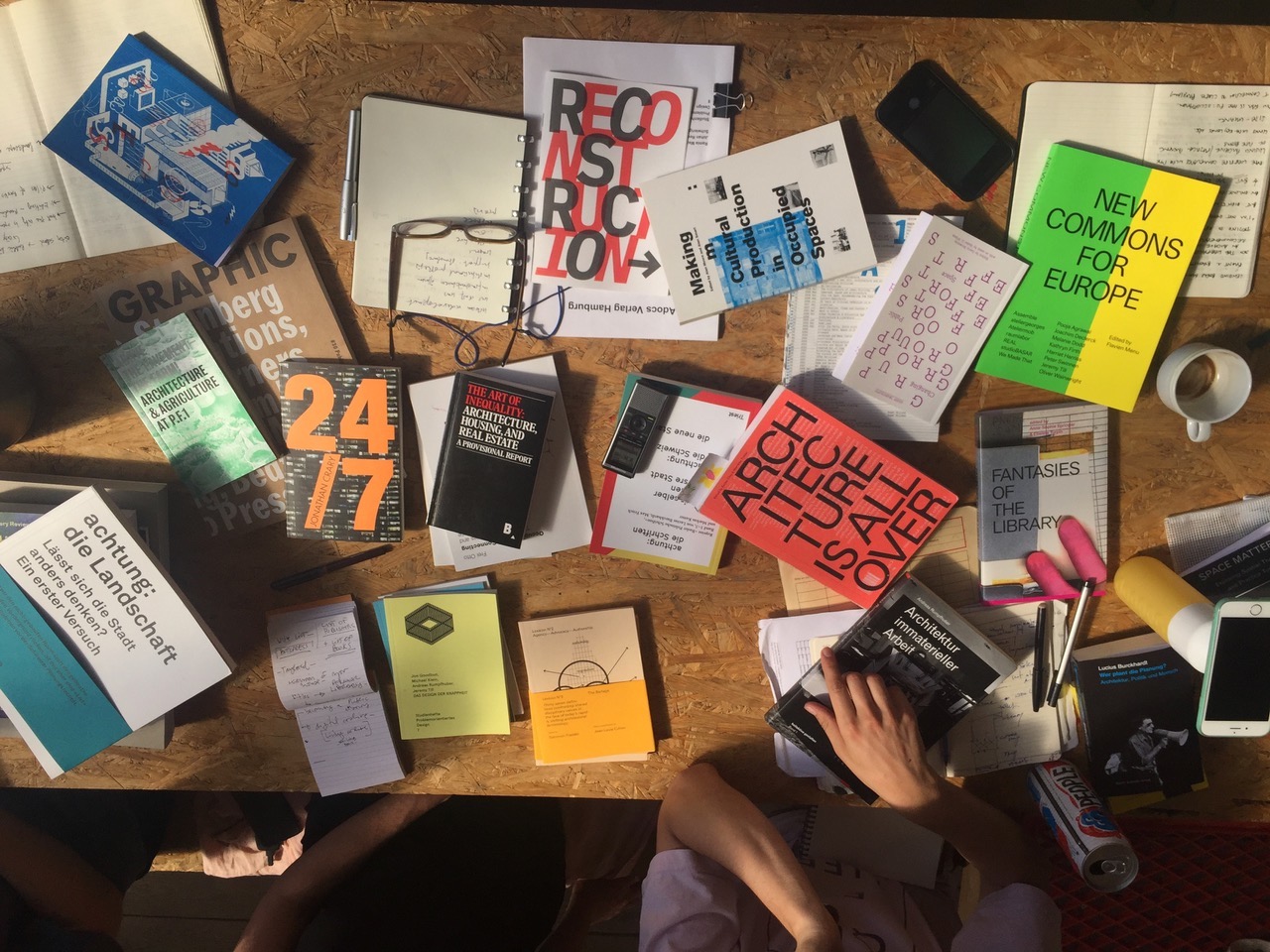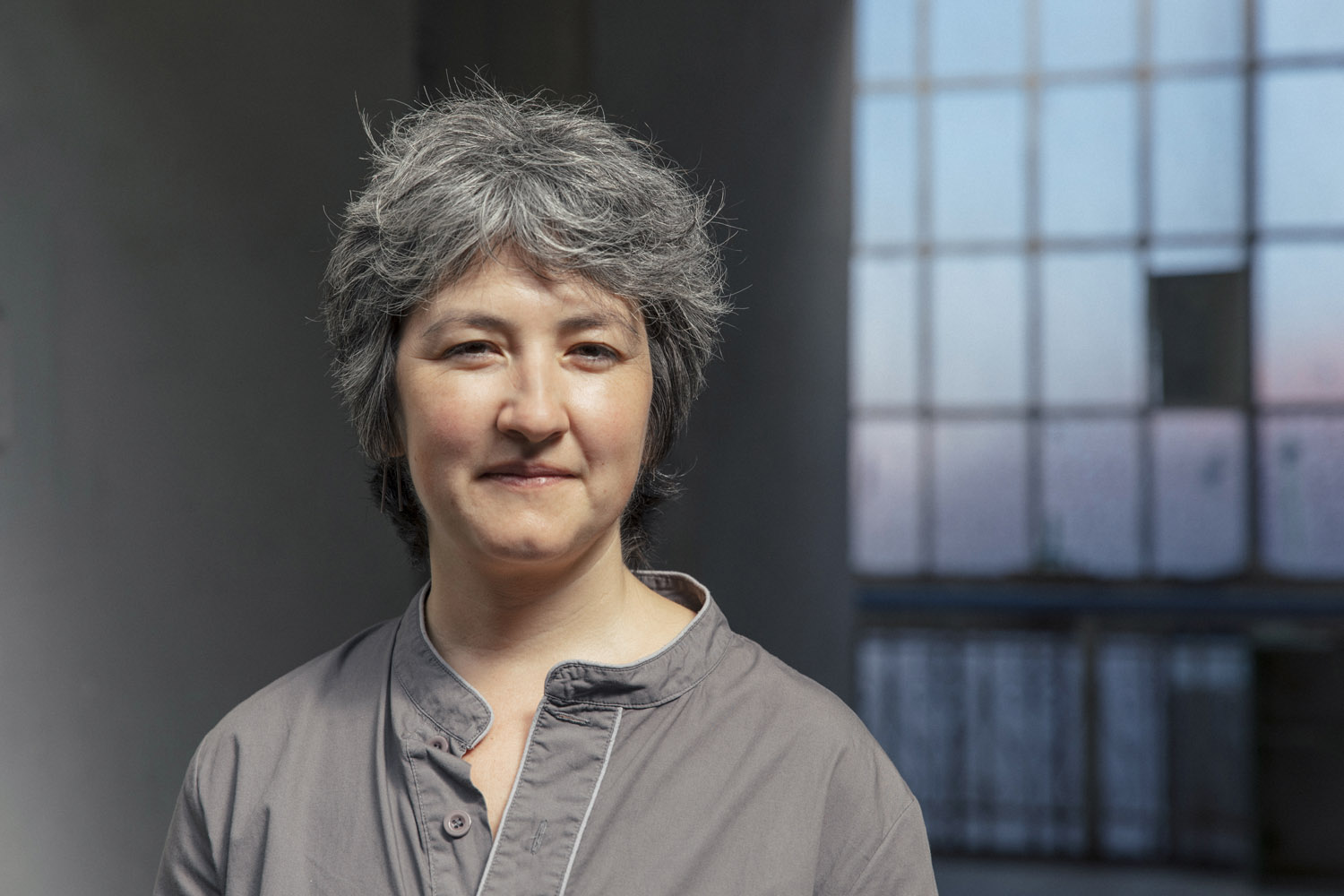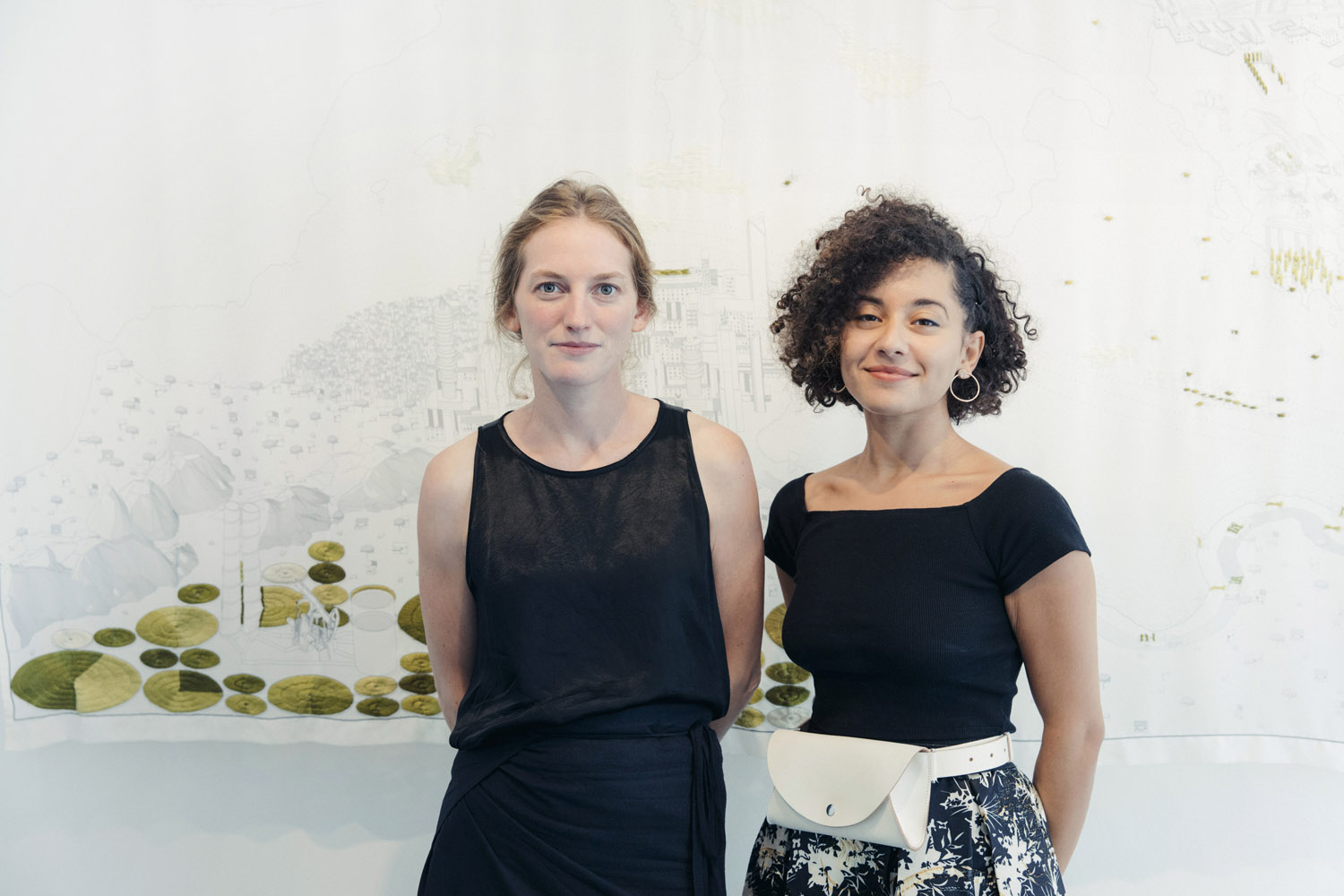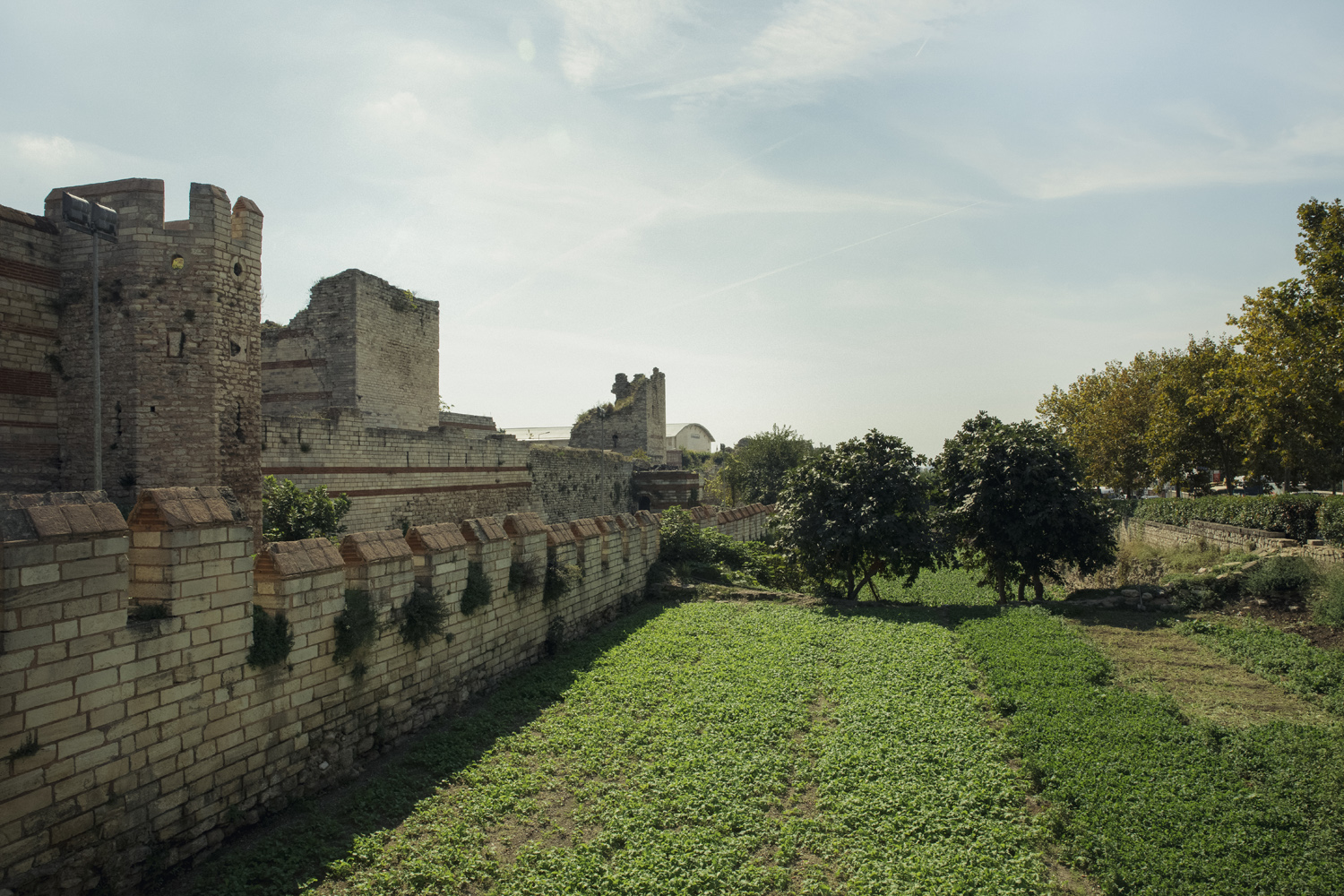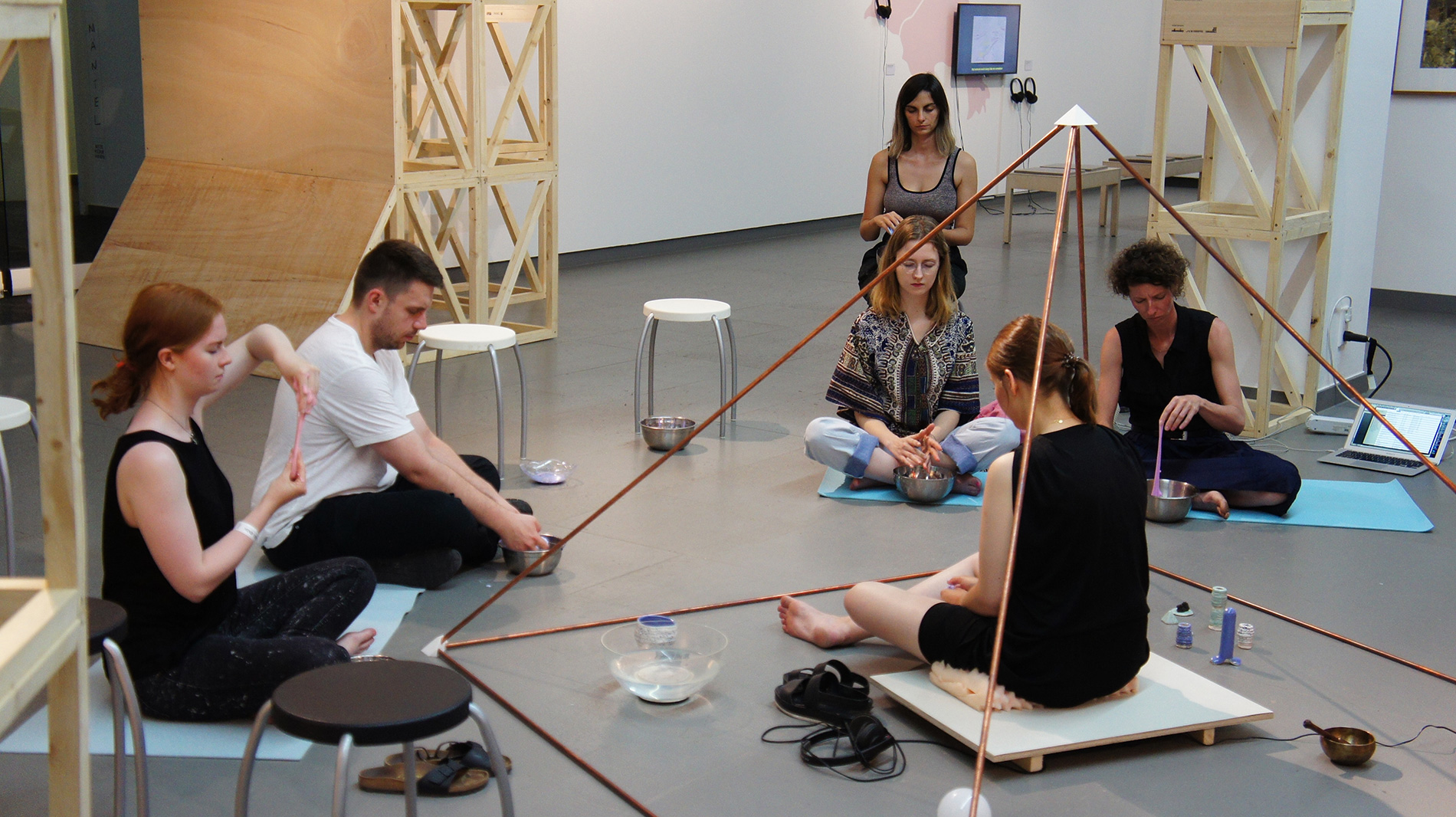Stavros Stavrides: The Potentialities of Space Commoning. The Capacity to Act and Think through Space.
Concrete social realities have their spaces. They unfold in and through space. It is by interacting with spatial attributes and char- acteristics that the experience of individuals and groups unfolds. If every society reproduces itself by reproducing the habits and structural relations of its members, then the regulating of shared experiences is among the most powerful means to pursue this goal. Spatial arrangements, however, are more than containers of social life and shared experiences. Spatial arrangements interact with social experiences both by giving them concrete context and by supporting representations of those experiences, which actually make them sharable.
By being an active co-producer of social life and of the experiences that characterize it, space becomes a powerful means to control the distribution of the sensible. Let us remember Jacques Rancière’s definition: ‘I call the distribution of the sensible the system of self-evident facts of sense perception that simultaneously discloses the existence of something in common and the delimitations that define the respective parts and positions within it.’(1) This process actually channels sense perception to socially imposed patterns that are connected with meaningful representations of the social world. The perception of spatial forms and characteristics is part of this kind of social ordering. The normalization process, which lies at the foundations of social ordering, tries to ensure that future experiences will be shaped according to deeply embedded ‘dispositions’, a term Bourdieu uses to describe the results of socially inculcated tacit knowledge.(2)
However, what makes space a means to control both the shared experiences and their representations, gives space the power to shape possible experiences. A way of exploring this power is by thinking-in-images.3 In this case, the power to construct representations of social life through spatial qualities is used to project elements of possible social worlds through thought-images of possible spaces of social life. We know, of course, that the history of utopias is a history of utopian sites, utopian worlds, utopian cities and utopian spaces, in many cases envisaged, depicted or narrated in the greatest of detail. What distinguishes thinking-in-images from this history of utopian spatial projections is the fact that thought-images can be hybrid combinations of thoughts about a possible future and of spatial relations related to this future (conceived diagrammatically rather than in full imagistic detail). The term, which originated in the writing of the Frankfurt School theorists (Benjamin, Adorno, Bloch, and Kracauer), ‘self-consciously exposes the inescapable contamination of the theoretical by the figurative’.(4) Thought-images, thus, do not offer (or seek to construct) depictions of a possible future but rather shape arguments about the future developed through the processing of images. Here lies the emancipatory potential of this process: A possible emancipatory future is connected to both the concreteness of available shared experiences and to their shared representations, as well as to that abstract generalizing reasoning that learns from such experiences and representations (and does not use them merely as examples or illustrations).
If emancipation has to do with the envisioning and testing of specific forms of social organization, possible spaces (understood as imagined arrangements or as specific possible sites) may become the means of both envisioning and testing those forms. Space, concrete and relational, abstract and specific is truly connected to a crucial human capacity: to understand experience and imagine the world through arrangements of objects and subjects. Through space and spatial attributes (for instance, distance) humans make their experiences meaningful but they also long to reach beyond what they face as reality.
A comparison with the capacity of language may be instructive. This capacity is considered to be innate: Humans may produce language as part of their species-specific armature for survival.(5) Language, thus, may take different forms in different historical periods but also different levels of this capacity are being reached by different individuals in different language com- munities. In all cases, however, language is an area of potentiality. To use Paolo Virno’s suggestion, linguistic potentiality is never exhausted in the specific utterance or ‘speech act’ that is actual- ized in different contingencies. Potential becomes the measure of what actually exists (in the case of language of what is uttered) but it is also the very precondition of going beyond it.(6)
What seems to be common to P. Virno and Giorgio Agamben is an effort to rescue human capacities from their direct exploitation by current capitalism, which they consider not merely as a distinct production system but also as a form of government based on biopolitics. They both focus on language as the most important human capacity, which connects and even directs all the other capacities. And it is language, according to both, that is completely instrumentalized in contemporary work relations and production relations as a generic ability that all humans can employ. Actually, it is language, instrumentalized in the form of an all- pervasive communicability, which subordinates human communication to productive work (through information and tele-communication technologies) and to the shaping of consumption habits (especially through the mass media as well as the social media). Thus, according to Agamben,
In the society of the spectacle, it is this very communicativity [the communicative essence of human beings], this generic essence itself (that is language as Gattungswesen), that is being separated in an autonomous sphere. What prevents communication is communicability itself.(7)
For Agamben, to reclaim human capacities from direct capitalist exploitation, to restore communication as the ground of human community means to restore the potentiality inherent to those capacities. Drawing heavily from Aristotle’s problematization of potentiality (dynamis), Agamben suggests that potentiality is not and should not be reduced to its actualizations. For the ‘coming community’8 to be different from existing forms of social organization, which are based on ‘belonging’ and on identity cate- gorizations and hierarchies, we need to restore potentiality as the basis of the common. ‘We need to secure a pure potentiality that does not pass over into actuality.’(9) ‘We need to think man … as a being of pure potentiality (potenza) that no identity and no work could exhaust.’(10)
Pure potentiality becomes the power of means, the power of mediality, once it is released from its necessary connection to specific social ends, or, more specifically, once it is released from actuality as potentiality’s necessary outcome. Politics, thus, becomes for Agamben ‘the sphere of pure means’,(11) ‘the sphere of a pure mediality without end intended as the field of human action and of human thought’.(12)
It is in such a prospect that potentiality will become the common denominator of shared life in a ‘coming community’. Singularities will be shaped in ‘forms-of-life’, in ways of living in which ‘mediality’ (form considered as means without end) is to become the only distinguishing factor.
What is at stake then, is a life in which the single ways, acts and processes of living are never simply facts [therefore imprints for governance and rule making] but always and above all possibilities of life, always and above all potentiality (potenza).(13)
The capacity to produce spaces and to think through spaces is indeed a human capacity which, as language, is never reducible to concrete social realities. This capacity corresponds to a potentiality that transcends any actual social reality. Virno believes that what he names as ‘potentials’ ‘attest to human beings’ poverty of instinct, undefined nature, and characteristic constant disorien- tation’.(14) Stressing the importance of human disorientation as the condition of human life he insists: ‘Potential is intimately con- nected to disorientation’,(15) which results from the ‘lack of a pregiven environment in which we can take an innately secure place once and for all time’.(16) Following a different reasoning, Agamben comes to a conclusion that can be considered as similar. For him, man ‘appears as the living being that has no work, that is, the living being that has no specific nature and vocation’.(17)
However, the capacity to think and act by employing spatial attributes and spatial denominators (such as, for example distance, height, and so on) cannot be rescued from its instrumentalization in capitalist society the way Agamben seems to suggest in referring to language and life (life as form). Pure potentiality in terms of space will mean an absolute emphasis on the mediality of space completely cut off from any of its concretizations in lived human environments. Reduced to a means without end, space will be closer to the abstract space of capitalist production, which is so severely condemned as alienating by H. Lefebvre.(18)
True, we can compare this abstract ‘spaceness’ of space to the pure communicability that destroys communication, which Agamben links to the conditions of capitalist exploitation of human capacities. And we may assume that Agamben’s ‘sphere of pure means’ is not a sphere separated from the rest of social life (the way communicability is in capitalism, resulting in the empty- ing of its human potentiality) but indeed the centre of a coming community life.
However, space as capacity is developed through experiences of actual spatial arrangements. The power to think beyond those actual arrangements and their material existence is developed from within those experiences. Thus, we may retain the effort to keep open the potentialities related to this capacity only if we continuously open possibilities to experience different actual spaces. The actualization of spatial potentialities further opens the field of potentialization.
Spaces, concrete lived spaces, are works (the result of labour), but also the means to shape possible future worlds. If we connect this perspective with Lefebvre’s idea that the city is the collective ‘oeuvre’ of its habitants,19 then the potentialization of space is always the result of commoning, of sharing aspirations but also of working together, of working in common. Lived spaces are shaped through human interactions that develop shared worlds. To potentialize those shared worlds, which means to challenge their meaning and their power to present the distribution of the sensible as an indisputable order of life, people have to activate the potentialities of commoning. And this essentially amounts to the liberation of commoning from capitalist command.
Agamben thinks that in the feast ‘what is done—which in itself is not unlike one does every day—becomes undone, is rendered inoperative liberated and suspended from its “economy”’,(20) Similarly, dance is the ‘liberation of the body from its utilitarian movements’ and the poem is rendering language inoperative, ‘in deactivating its communicative and informative function in order to open it to a new possible use’.(21) In all those cases, it seems, potentiality is really experienced as the expansion of the field of the possible because there exist human movements that are not dance and because there is a variety of human discourses (human interactions through language) that are not poetic. ‘Inoperativity’ in this context defines a describable externality, although the boundaries between the poetic and the non-poetic (as well as those between dance and everyday gestures) are socially marked. The potentialization of everyday gestures, everyday language or everyday acts of survival does not happen, however, because we become able to render them inoperative but, rather, because the externality of dance, poetry, and feast, respectively, is only relative in terms of history: It is by contaminating everyday normality that art or collective joy may transform it. Potentialization is a dynamic, contingent process that transforms habits and not the restoration of an unpolluted, ontologically different beyond.
Dr. Stavros Stavrides, architect, is Professor at the School of Architecture, National Technical University of Athens, Greece, where he teaches graduate courses on housing design (social housing design included), as well as a postgraduate course on the meaning of metropolitan experience. Stavros will be part of the Making Futures School, where he will share his research on forms of emancipating spatial practices and urban commoning.
_
This is the first part of a text, to be included in the author’s forthcoming book Common Spaces of Urban Emancipation (provisional title) to be published by Manchester University Press. Download the full text here

